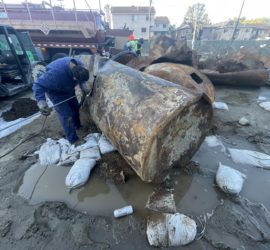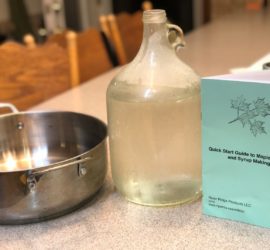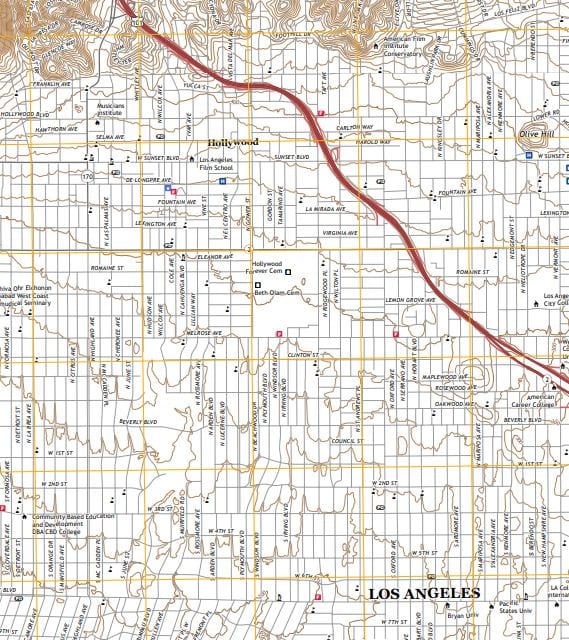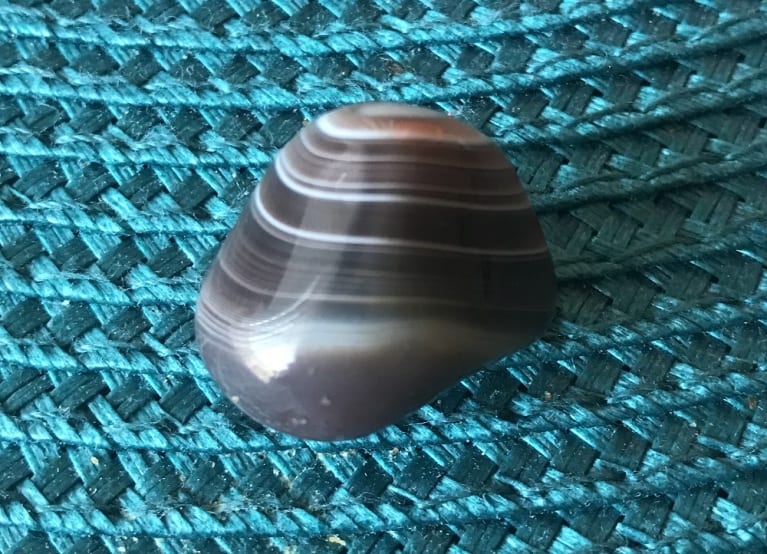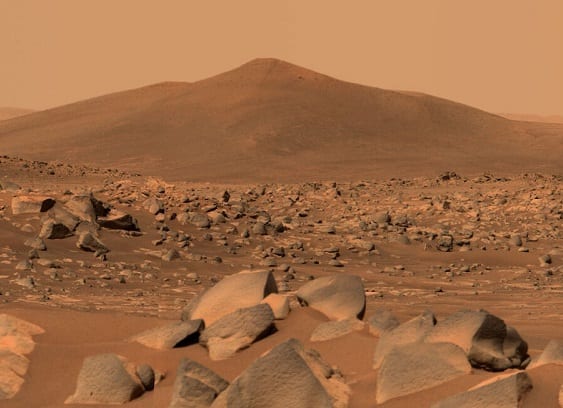PCBs Contamination in Killer Whales and Orca Pollution
PCBs contamination in killer whales and orca pollution is an increasing concern in the environmental science community. Recent studies indicate hazardous levels of industrial chemicals exist in the bodies of orcas and other marine mammals, worldwide. In fact, toxicologists now hypothesize that rising concentrations of carcinogens like PCB pollution in killer whales are contributing to premature deaths, deformations, and growth stunts. Moreover, marine biologists understand that pregnant mother orca killer whales are unknowingly offloading an abundance of carcinogens onto their calves. With record-high mortality rates in whales across the world, scientists are beginning to believe the human impact is affecting marine wildlife now, more than ever. Updated November 5, 2023.
Preface by the Author:
A few years ago, I found myself in Seattle, Washington for a family gathering. My seven-year-old son was into orca killer whales. In fact, he even named his band “The Killer Whales.” I mentioned we might see a pod of killer whales from the Big Wheel at the end of the pier, so we went up for a look. However, we did not see any orcas.
I did not think he was going to hold me to see one, although I did believe it was a possibility. In over twenty years of surfing (mostly in southern California and venturing to areas as north as Tillamook, Oregon, and south to the tropics), I’ve seen more than my fair share of sea life. From dolphins, seals and sea lions, to gray and blue whales, sharks, and even a whale shark. Although, I’ve never seen killer whales. Nonetheless, after the ride on the Big Wheel in Seattle, I found myself researching orcas a bit more.
I did learn that next time we will need to go a bit more north in Puget Sound, to the San Juan Islands. However, I also learned we need to go sooner rather than later, due to the declining population of orcas. Furthermore, in my research, I became aware of the fact that declining numbers of orca killer whales were not just apparent in the Puget Sound, but globally in part due to the health risks of PCBs contamination. And as a professional environmental geologist working to assess and remediate PCBs in soil and groundwater, I grew a concerning interest in the unfortunate topic of PCBs contamination in killer whales and orca pollution.
PCBs Contamination in Killer Whales and Orca Pollution
PCB pollution in killer whales is a topic of rising interest. In fact, the subject of oceanic pollution, as well as the overall harm to marine animals is gaining global attention. The truth is, it’s not just orcas that are suffering. Other species within the Delphinidae family, as well as other species of whales, fish, and pinnipeds, are also experiencing high levels of PCBs in their bodies. In just the year 2019, there has been an unusually high number of whale deaths reported across the world. Many of these deaths occurred with a variety of species. Although the general consensus for a root cause at this time is “environmental impact.”
PCB Pollution Killer Whales
As a result of being an apex predator, these industrial chemicals biomagnify within orcas. Thus, higher levels of pollution can be apparent in killer whale blubber, compared to the other sea animals. As seen recently in Instagram posts, songs, music videos, and documentaries, environmental awareness for ocean pollution is rising by popular demand. Along with the concerns of unethical treatment in captivity, the subject “PCB pollution killer whales” is going viral. And by researching and sharing this information across popular tech platforms, human beings can get a step closer to corrective action.
Chemicals of Concern
There are a variety of harmful industrial chemicals in the ocean today. Most, if not all, of these occurrences, are unnatural and are the result of human pollution. Industrial activities, whether continental or coastal, have the tendency to release contaminants into storm drains, streams, and other runoff tributaries. Furthermore, releases of contaminants into the subsurface can result in groundwater contamination, which can transport chemicals off-site.
Polychlorinated Biphenyls aka “PCBs”
The acronym “PCBs” is short for polychlorinated biphenyls. And these chemicals are a group of man-made organics comprising carbon, hydrogen and chlorine atoms. This chemical of concern has been widely utilized for thousands of industrial and commercial purposes. In fact, PCBs were primarily a part of electrical transformers and capacitors, coolants, and plasticizers in paints around the world. Moreover, PCBs were typically found in a variety of carbon-less copy-paper, plastics, and rubber products.
Aside from its functionality as an electrical insulator, PCBs were practical to industrialists. This is because PCB is non-flammable, chemically stable and has a high boiling point.
The Ban on PCBs
Within the previous decades, it became apparent to scientists that PCBs are unsafe to expose to the body, and do not degrade easily once introduced into the environment. As a result, the United States was the first to implement a ban on the manufacturing of PCBs by the year 1979.
Through various studies in animal and human populations, various assessments indicate the potential carcinogenicity of polychlorinated biphenyls. Per modern research programs, PCBs theoretically cause cancer in animals, as well as humans. Additionally, there are a number of serious non-cancer health effects in animals as well as humans. These include the impact on the reproductive organs, immune system, and the central and overall nervous system. Similarly, there are other health effects due to the long-term exposures of PCBs, which are currently undergoing research.
Polychlorinated biphenyls (PCBs) are one of the most widely studied environmental contaminants. In fact, today geologists and engineers perform Environmental Site Assessments to study soil and groundwater samples for PCBs contamination at commercial and industrial sites. And marine biologists perform a variety of analytical procedures to study fauna and flora for PCBs contamination.
How the Contamination Happens
The marine ecosystems are where polychlorinated biphenyls (also known as PCBs chemicals) go to travel, but not disappear. And consequently, they end up in the bodies of marine animals. In the environmental engineering industry, the term “source area” defines the precise location where a contaminant of concern is first introduced into the environment. In fact, engineers, geologists, and hydro-geologists can study the fate and transport of various chemicals of concern, in order to determine the level of threat during migration, and at the endpoint. This process involves an in-depth analysis of chemical properties and characteristics, in conjunction with environmental factors, settings, media of transport and health effects.
Migration & Exposure Points
Due to the high mobility properties of PCBs, the harmful chemical ends up in regions and environments far beyond their original source area. For example, migration can occur through the soil and into groundwater which flows into streams, rivers springs and into the ocean. Similarly, PCB migration can occur through sewers, storm drains, and other human infrastructures which also deposit directly into the ocean. Even when humans are not running into PCBs on land, the chemicals are still migrating through these systems. And although migration patterns can commence at source areas far away from the coastal line, PCBs still easily disburse into the nearest marine ecosystems.
Contamination in Killer Whales & Orca Pollution
PCBs contamination in killer whales and orca pollution: Killer whales (also known as orcas or Orcinus orca) are apex predators eating everything from small fish to large ones (including sharks), as well as aquatic mammals such as seals, sea lions other whales and more. And the current theory regarding the mode of PCBs contamination in orcas is by diet. As a result, killer whales at the top of the food chain, and accumulate more PCBs over time, than other ocean animals.
Exposure by Food
As a result of coastal pollution by humans, all of the animals which make up the orca’s diet from the coastal regions have direct exposure to the polychlorinated biphenyls (also known as the PCBs chemical) deposits. This includes, but does not limit to stingrays, fish, and seals. Subsequently, killer whales eat these animals with PCB contamination (however trace the concentrations might be). And the overall chemical concentration build-up within their own bodies, as a result of being the ultimate contamination endpoint.
Bio-Magnification
PCBs, being the organic chemicals that they are, chemically prefer to stay in the body fat of any animal, rather than the organs or lean sections. Thus, once introduced into the orca’s body, the bio-available chemical attracts itself into the blubber and resides there as the absolute final end-point. And the overall concentration of this end-point keeps increasing over time, as the whale consumes more food with PCB contamination. This process is called bio-magnification. Bio-magnification: pollutants become higher in concentration within the body of animals, as one moves up the food chain.
Orca Mothers Nursing their Calves with PCBs Contaminated Milk
Recent analytical observations indicate male killer whales contain more PCB-rich fat than female killer whales. This discrepancy is likely a result of the male orca’s larger dietary intake, by volume. However, one of the highest complications with PCBs in female dolphins and orca is that their milk is high in fat. In fact, orca milk can contain up to 40% fat, which is a very high end-point for the PCBs in pregnant killer wales.
Dying Calves for Reasons Unknown to Mother Whales
Unfortunately, as female orcas use their body fat in milk production, they unknowingly offload dangerous levels of the toxic chemicals onto their calf. There is speculation in the scientific community that PCB-contaminated milk has already been the result of numerous premature deaths among orca and dolphin calves. And PCBs are also known to alter fertility and cause premature death before birthing.
Psychological Trauma Among Whales
Moreover, some marine biologists speculate that mother whales are experiencing extreme psychological trauma as a result of their calves dying prematurely. To summarize, researchers believe the mothers blame themselves for the death of their young. And that the depression is shared by other members of their pod or community. Researchers also believe that such human-induced depression results in strange and unhealthy behavior among the whales, such as mass beaching, feeding deprivation, and health defects. These strange behaviors after a calve’s premature death have also been researched among other whale species, such as pilot whales.
Laboratory Data Showing Contaminated Orca Killer Whales
At this time, some killer whales reportedly carry 25 times more PCBs than the threshold shown to alter fertility. Research indicates marine mammals with PCBs levels greater than 9 ppm are likely to suffer noticeable disruption to their body’s basic biological processes. In fact, the sources below indicate killer whales in Europe have recently been found to have up to 857 ppm of PCBs in their bodies.
In the environmental engineering industry, analytical results from a chemical analysis can be variable by sample location. For example, a laboratory analytical report may indicate one blubber sample from the front of an orca contains 2 ppm by volume of PCBs. Whereas another blubber sample from the rear areas of the same orca may result in concentrations of 8 ppm. In this simple example, the concentrations vary up to 4 times in concentration, depending on the location of the sample. However, another sample can be retroactively collected from the same location, and contain an entirely different concentration of PCBs.
Despite the standard deviation and variation of data set values, concentrations of PCBs as high as 857 ppm in marine mammals is alarming and concerning, beyond a reasonable doubt.
Other Chemicals of Concern
Similarly, hundreds of other harmful pollutants have been released into the marine environment and ecosystems. And consequently, many other toxic compounds are additionally accumulating within the bodies of whales and dolphins. Research programs commissioned by the US EPA generally report the maximum levels of organic chemical contaminants in food, water, air and more. These are screening levels, which establish a general foundation for human health risks and toxicity threshold limits.
Polybrominated Diphenyl Ethers (PBDEs) in Orca Killer Whales
Modern Flame retardant chemicals, typically polybrominated diphenyl ethers (PBDEs), are also an increasing concern for orcas in New Zealand. PBDEs are similar in chemical structure to PCBs and exhibit the same resistance to degradation. However, they are not currently under regulation or manufacturing restrictions. In fact, there are a whole slew of toxic chemicals in use today, which have not undergone a proper evaluation relating to the environmental and health impacts of marine mammals. Especially in conjunction with the already rising levels of PCBs.
Environmental scientists have observed government action and screening levels change over time, for various chemicals of concern. Such changes are typically in the conservative direction, for the betterment of environmental health. However, the positive effects of such chemicals are hardly heard of.
The following video is a scientific and educational production about PCBs in Killer Whales, provided by the Zoological Society of London (ZSL). The Zoological Society of London is a science-driven conservation helping humans live together sustainably with animals and wildlife. Please visit their website (www.zsl.org) and show your appreciation for their humble and worthy efforts.
Solutions:
- Implement Stronger Coastal Management Plans
- Build and Operate Multiple Coastal Depositional Dredging Facilities
- Administer Proper Disposal Oversight Program for PCB Waste on Land, As Well As Other Chemicals of Concern
- Enact Stricter Environmental Laws & Policies for Industrial Facilities Generating Waste
- Implement Stricter Engineering and Remediation Methodologies for Existing Contamination Cases
- Build More Environmental Waste-Water and Run-Off Treatment Facilities
- Reduce Levels of Toxic Chemical Contamination to Groundwater and Soil
Sources:
National Geographic Online: Orcas Killer Whales Poisoned PCBs Pollution
Northwest Fisheries Science Center: Toxic Killer Whales
Orca Aware: How Chemicals Are Killing the World’s Killer Whales and What Can Be Done
The Seattle Times: New Orca Calf Reported in Southern Resident J Pod


